Electric Truck News
Can’t start the engine? You need to know these winter car maintenance knowledge
Posted on by Electric Trucks
As the cold winter arrives with its biting winds and frosty landscapes, car owners indeed find a great deal of comfort and convenience in their vehicles. Whether it’s the daily commute to work or a weekend getaway, cars serve as a reliable shield against the elements of rain, snow, wind, and frost. However, even though modern cars are relatively sturdy, the lower temperatures of winter demand special attention when it comes to maintenance. In particular, not only in the extremely cold regions of the north but also in some parts of the south where the temperature can dip below zero degrees, certain car maintenance points become crucial to ensure smooth operation.
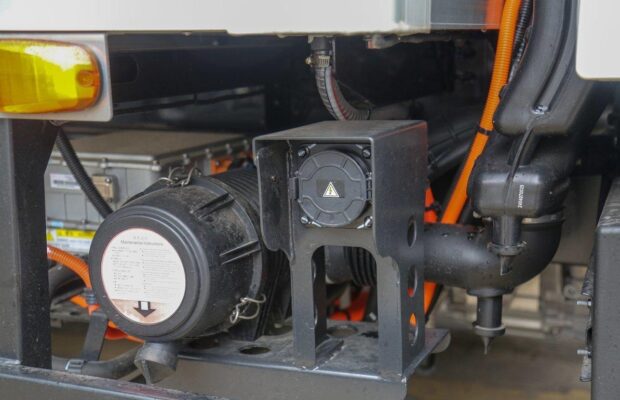
The creation of coolant is aimed at replacing pure water with chemical components to effectively cool the engine. This is a vital function throughout the year, but especially in winter, it plays an even more significant role. During the cold season, it can prevent damage to the entire cooling system that could occur due to liquid condensation. When water freezes, it expands, and if it’s present in the cooling system, it can cause cracks and damage to various components. Coolant, on the other hand, is formulated to resist freezing and maintain a liquid state even at low temperatures.
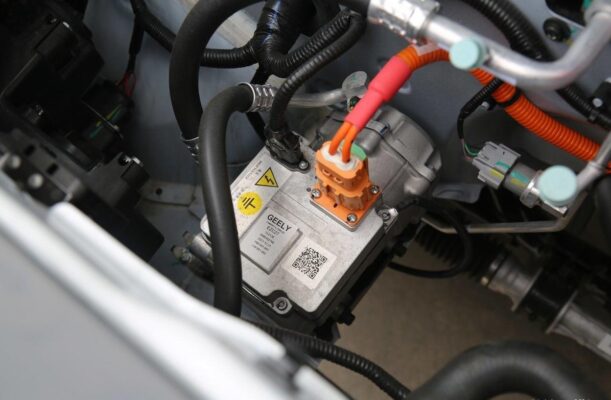
Based on this principle, the condensation point temperature of the coolant is of utmost importance. For example, in a city like Shanghai, where the winters are relatively mild compared to the north, theoretically, coolant with a condensation point of -5 degrees Celsius might be sufficient. However, in Northeast China, where temperatures can plummet to extremely low levels, a different model with a much lower condensation point is required. Selecting the appropriate coolant for the local climate is essential to ensure the proper functioning of the engine and prevent any damage to the cooling system.
It’s crucial to note that coolants of different brands and models cannot be mixed. Each brand and type of coolant has its own unique chemical composition, and mixing them can lead to unpredictable chemical reactions. These reactions can not only reduce the effectiveness of the coolant but can also damage the cooling system. For instance, some coolants may contain different additives that are specifically designed to work with certain types of engines or materials. Mixing coolants can cause these additives to interact in an adverse way, potentially leading to corrosion, clogging of the cooling channels, or even engine overheating.
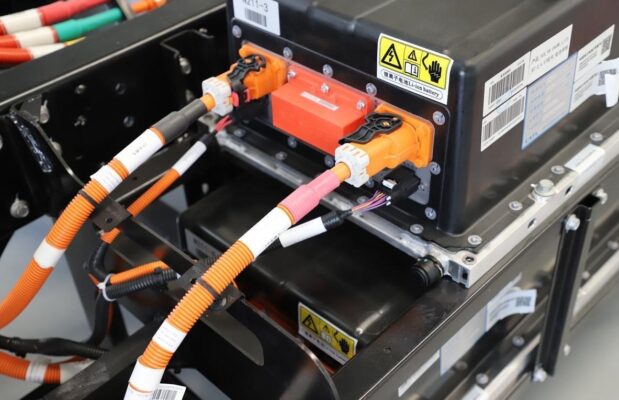
In addition to choosing the right coolant, it’s also important to consider its lifespan. Due to the chemical characteristics of coolant, the chemicals in it will deteriorate over time and lose their properties. As the coolant circulates through the engine and interacts with various metals and components, it gradually breaks down. Exposure to heat, pressure, and contaminants also contributes to its degradation. Therefore, it is recommended to replace the coolant regularly every two years. This ensures that the cooling system remains efficient and protects the engine from overheating or damage due to ineffective cooling.
For example, imagine a car owner in a cold climate who has been using the same coolant for several years without replacement. Over time, the coolant may lose its ability to prevent freezing and properly cool the engine. This could lead to problems such as engine damage due to frozen coolant or overheating due to insufficient cooling. By regularly replacing the coolant according to the recommended schedule, the car owner can avoid these potential issues and keep their vehicle running smoothly in even the coldest of winters.

The battery is the heart of a vehicle’s electrical system, supplying power to start the engine and operate various electrical components. However, due to the common characteristics of batteries, their performance can be affected by both long-term use and low temperatures. In winter, the activity of the battery tends to decrease, which can easily lead to situations such as inability to start the engine.
When using a car in winter, it’s essential to pay close attention to battery usage. One important step is to carefully check whether all electrical equipment is turned off before leaving the car each time. Leaving lights, radios, or other electrical devices on can drain the battery even when the engine is off. This abnormal use of the battery can significantly reduce its charge and make it more difficult to start the car in cold weather. For example, if a car owner leaves their headlights on overnight in winter, the battery may be completely drained by morning, making it impossible to start the engine.
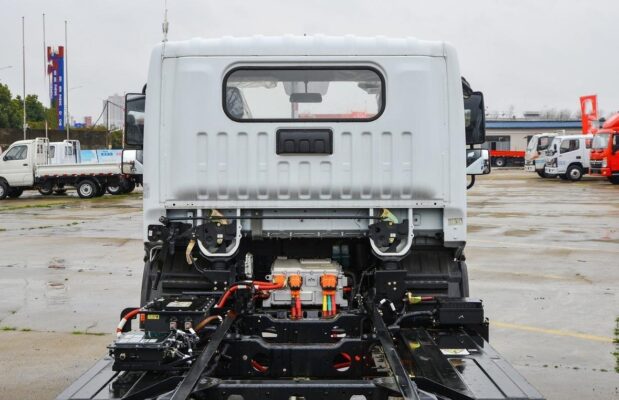
In addition to turning off electrical equipment, try to shorten the intervals between uses of the car as much as possible. In winter, the charging efficiency of the battery is relatively low. This is because the cold temperature slows down the chemical reactions within the battery, reducing its ability to accept and hold a charge. After each use, it’s very likely that the battery is not fully charged. By using the car more frequently, the battery has more opportunities to charge from the alternator while the engine is running.
Moreover, during each use, it’s a good idea to extend the driving time to allow the battery to charge more. This helps ensure that there is sufficient power for a smooth ignition next time. For instance, if you usually take short trips, consider taking a longer drive occasionally. This gives the battery enough time to receive a full charge and maintain its charge level. A fully charged battery is more likely to start the engine easily even in cold temperatures.

For example, imagine a car owner who only takes short trips to the grocery store or for other errands in winter. The battery may not have enough time to fully charge between these short trips, and over time, its charge level may drop significantly. This can lead to difficulty starting the car on a cold morning. By taking a longer drive once in a while, the battery can receive a more substantial charge and be better prepared for the next start-up.
Although there are some experienced drivers who claim that the vehicle can be driven directly after starting, this is not always the best approach. When the coolant temperature has not reached the ideal operating temperature, the engine wear is still relatively large. This is because the engine components are not yet at their optimal working temperatures, and the lubrication may not be as effective as it should be. As a result, friction between the moving parts can increase, leading to accelerated wear and potential damage.
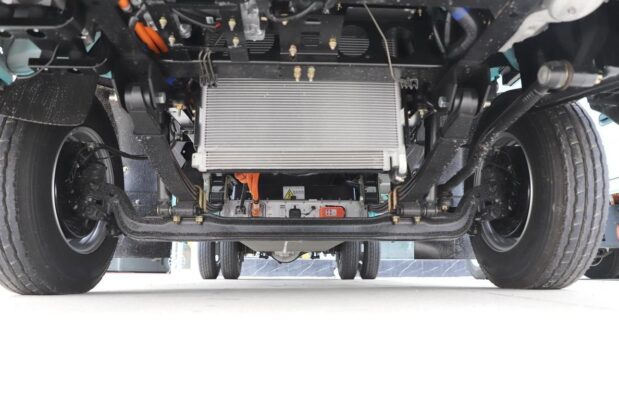
It is recommended to idle and warm up the vehicle in place for about one minute after starting. During this time, the engine runs at a relatively low speed, allowing the oil and coolant to circulate and gradually reach the ideal state for driving. As the oil warms up, it becomes thinner and more able to flow freely, providing better lubrication to the engine parts. At the same time, the coolant begins to transfer heat away from the engine, keeping it at a proper operating temperature. After about one minute, both the oil temperature and the coolant temperature should be close enough to the ideal state for driving.
Then, it’s advisable to drive for a few minutes in a relatively gentle style. Avoid sudden accelerations or hard braking, as this can put additional stress on the engine and transmission before they are fully warmed up. By driving gently, you allow the engine and other components to further warm up and reach their optimal operating conditions gradually.

However, here is a tip for everyone. It is not recommended to idle and warm up the vehicle in place for a long time. Prolonged idling can lead to carbon deposition in the engine. When the engine idles for an extended period, the fuel combustion is not as complete as it is during normal driving. This incomplete combustion can result in the formation of carbon deposits on the engine’s valves, pistons, and other parts. Over time, these carbon deposits can build up and affect the engine’s performance.
Carbon deposition can have several negative consequences. It can reduce fuel efficiency by interfering with the proper flow of fuel and air into the engine. The deposits can also affect the engine’s power output, making the car feel sluggish and less responsive. In addition, excessive carbon deposits can lead to engine misfires or other issues that can require expensive repairs.
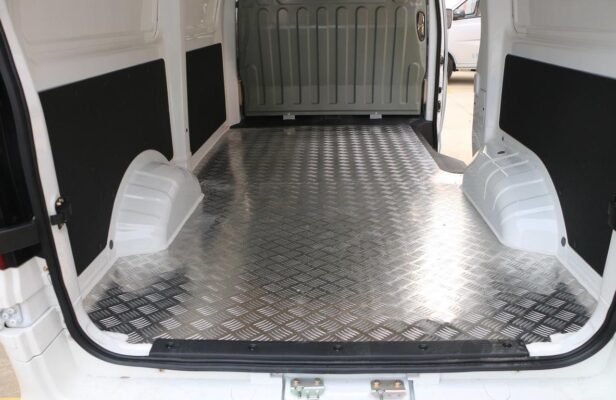
For example, if a car owner regularly idles their vehicle for long periods in winter to warm it up, they may notice a decrease in fuel economy over time. They may also experience a loss of power or rough idling. By avoiding prolonged idling and following the proper warm-up procedure, car owners can minimize the risk of carbon deposition and keep their engines running smoothly.
In conclusion, proper winter car maintenance is essential to ensure the reliable operation of our vehicles. By paying attention to the choice of coolant, maintaining the battery, and following the correct warm-up procedure, we can minimize the risk of engine problems and ensure a smooth driving experience throughout the winter season. Remember, a little extra care and attention during the winter months can go a long way in keeping our cars in top condition and saving us from potential headaches and expensive repairs. Whether it’s choosing the right coolant for the local climate, being mindful of battery usage, or following the proper warm-up routine, each step contributes to the overall health and performance of our vehicles. So, take the time to implement these winter car maintenance tips and enjoy a safe and comfortable driving experience all winter long.
